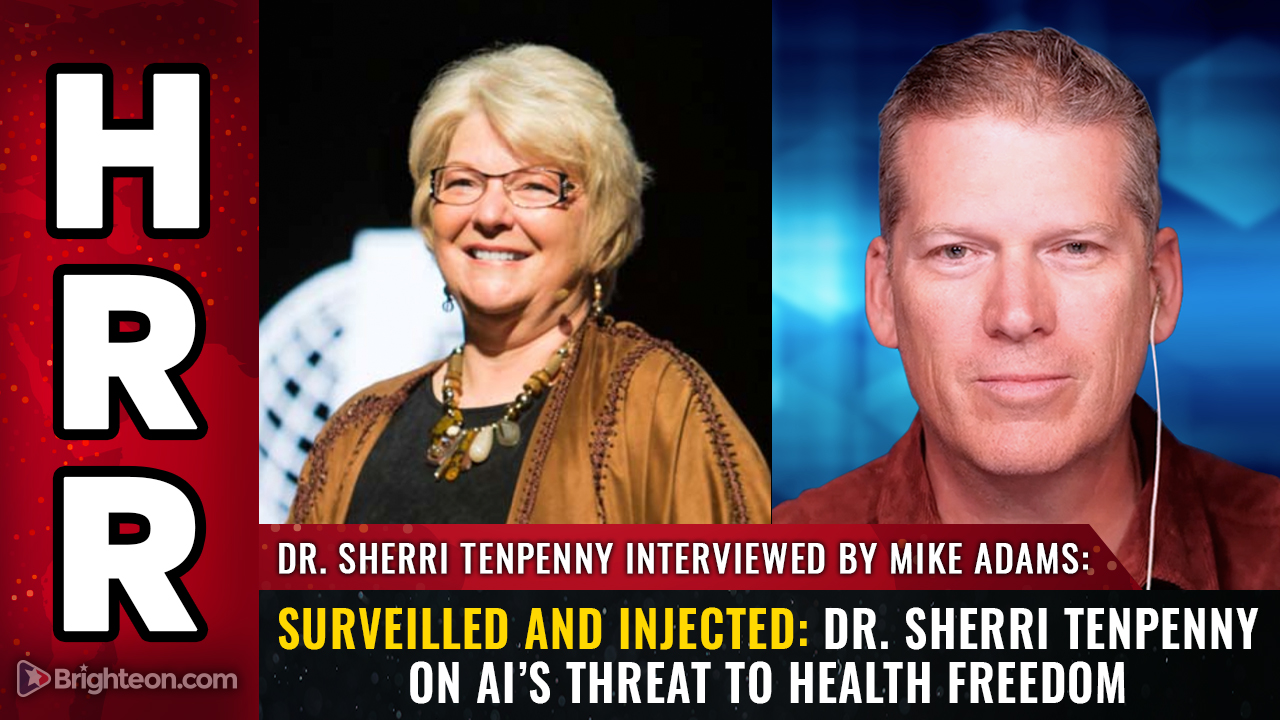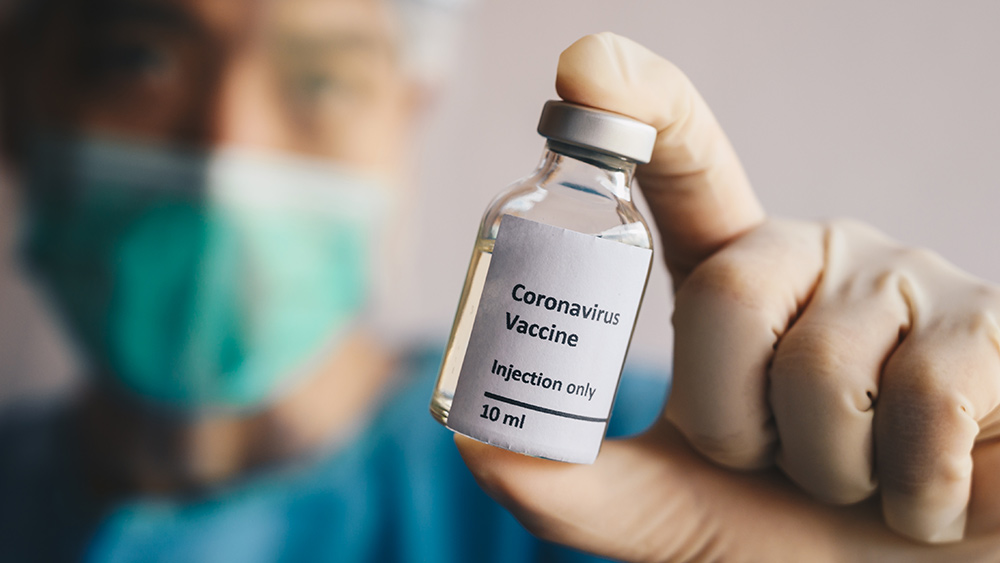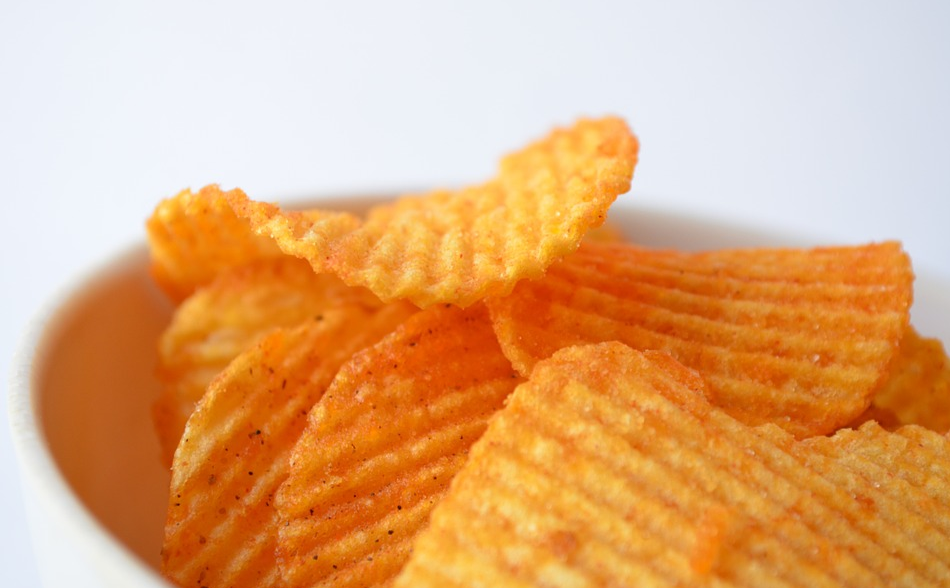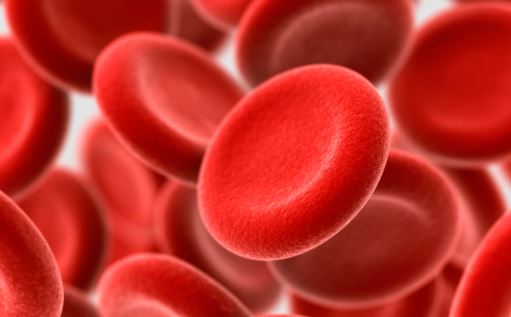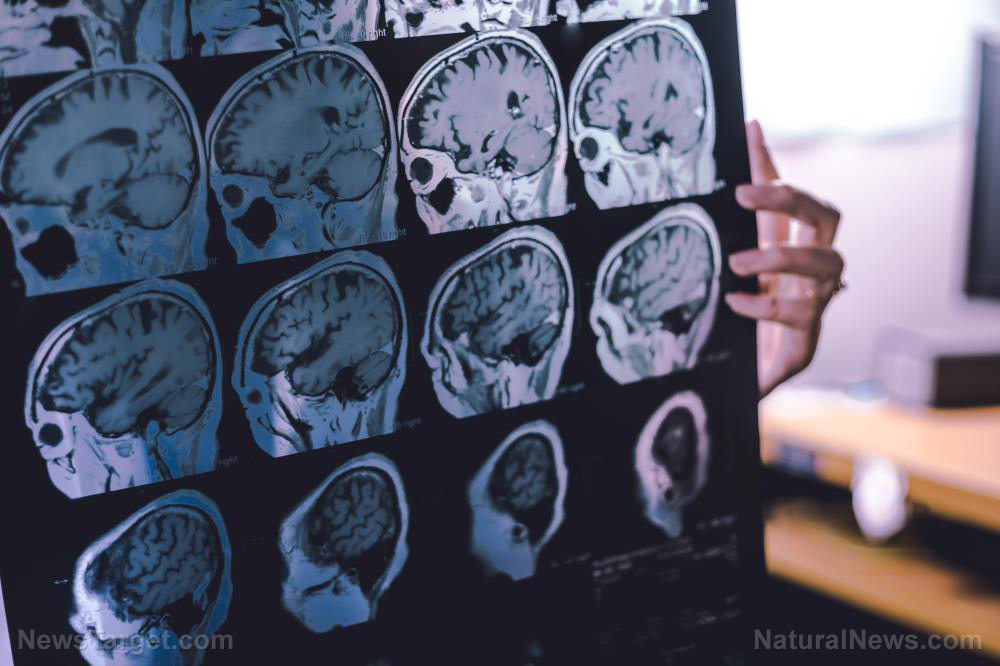New insights into how different sugars harm health
06/26/2025 / By Willow Tohi
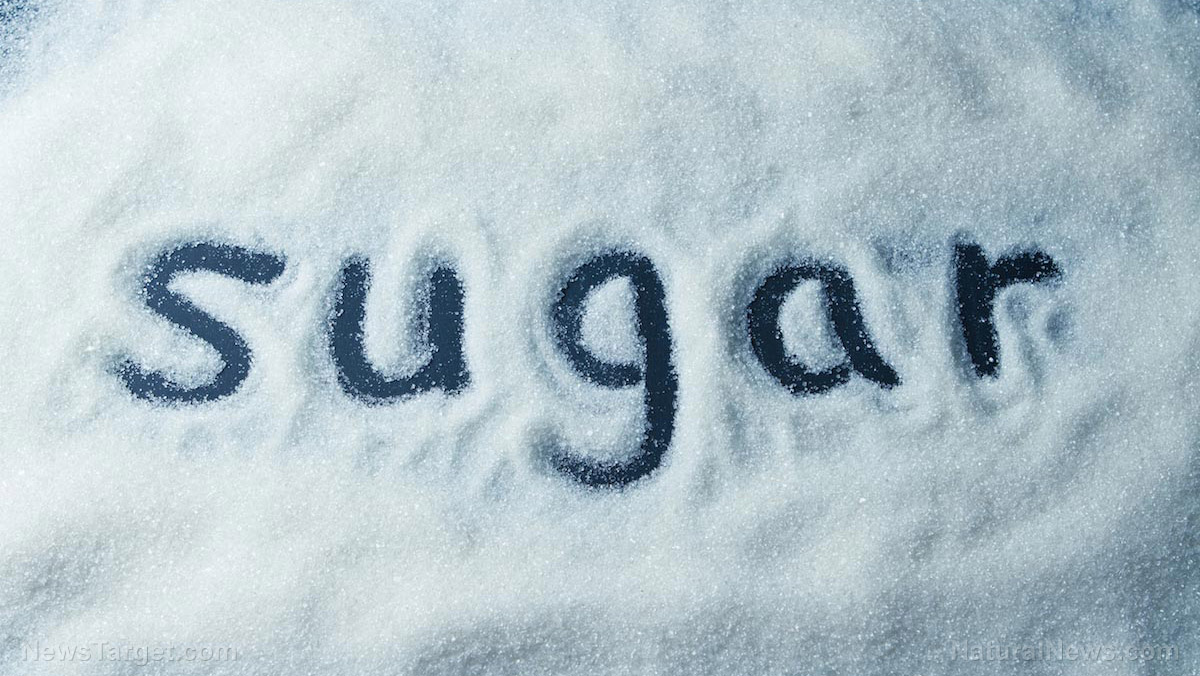
- Fructose, common in processed foods, silently damages liver health and escalates diabetes risks.
- Sugars like glucose, sucrose and fructose affect blood sugar and metabolism differently.
- The glycemic index (GI) misleads by ignoring fructose’s role, masking dangers in drinks like Coca-Cola.
- Refined carbohydrates cause quicker blood sugar spikes than natural whole foods.
- Prioritizing fiber-rich plants and avoiding processed foods protects against metabolic diseases.
Diabetes specialist Dr. Jason Fung has reignited debate on sugar’s impact, challenging the public to rethink how different sugars affect health. In an appearance on Epoch TV’s Vital Signs, Fung warns that fructose—a sugar found in fruits, honey and high-fructose corn syrup—poses unseen risks, contributing to fatty liver disease, diabetes and obesity even in low-blood-sugar situations. His findings highlight how modern diets, packed with processed foods and sugary drinks, are fueling a crisis few fully grasp.
“We confuse sweetness with danger,” Fung explained. “It’s not just about avoiding sugar but understanding which sugars do real harm.” His key revelation? The liver metabolizes fructose into fat when unused, stressing its mechanics and sparking insulin resistance—problems often masked by traditional health metrics.
Fructose: The silent villain in your pantry
Fructose’s danger lies in its metabolism. Unlike glucose, which is used broadly by the body, fructose is processed almost solely by the liver. Overconsumption triggers fat accumulation, stressing organs and escalating disease risks.
“An apple’s fructose is small compared to a soda,” Fung said, noting that Coca-Cola’s high fructose content, combined with artificial additives, overwhelms the body faster than whole foods. While fruit contains fiber and nutrients to slow absorption, processed foods spike insulin and fat storage without benefit.
Fung cites the rise of high-fructose corn syrup in the 1980s as a turning point. Its ubiquity in sodas, snacks and baked goods has flooded diets with hidden fructose, a shift linked to soaring metabolic disorders.
Glycemic index flaws: Why blood sugar tests fall short
The glycemic index (GI), which measures glucose spikes after eating, has long guided dietary choices. Fung argues it’s a flawed metric.
“Coca-Cola may not spike glucose as much as bread, but its fructose still harms the liver,” he said. Traditional measurements miss fructose’s role, allowing misleading conclusions. Relying solely on GI, he warned, could let excessive hidden fructose intake go unchecked, escalating liver strain and insulin resistance.
His critique points to a need for broader nutritional markers, prioritizing metabolic health over simplistic blood sugar tracking.
Processed foods: The addiction cycle
Fung links processed carbs’ rapid digestion to dopamine release, creating addictive cycles. These ultra-processed foods—including white bread, cookies and sugary cereals—trigger quick energy highs and crashes, driving hunger and overeating.
“Processed carbs are designed to make you crave more,” he said. He advises a radical departure: eliminate addictive foods entirely, rather than moderating. “Moderation rarely works,” he added, urging focus on whole-food diets.
The path to balanced nutrition: A whole-food approach
Fung advocates prioritizing complex carbohydrates—whole grains, legumes and vegetables—rich in fiber to stabilize blood sugar. Exercise is recommended but framed as a complement, not a compensatory measure.
“When you exercise, you burn sugar, but most people overcompensate with sugary rewards,” he said, citing ice cream post-workout as counterproductive. Fiber-rich diets, he emphasizes, naturally curb sugar intake and reduce metabolic stress.
Rethinking sugar in the 21st century
As Fung’s insights enter mainstream discussion, they underscore a pivotal truth: not all sugars are equal. The shift from blanket sugar phobia to targeted nutrition—avoiding hidden fructose, embracing whole foods—is critical in curbing epidemics like diabetes.
His message is clear: understanding sugar science isn’t mere school; it’s a lifeline. With processed foods embedded in daily life, adopting mindful eating habits could silence sugar’s dangers—and safeguard future generations.
Sources for this article include:
Submit a correction >>
Tagged Under:
addiction, blood sugar, clean food watch, fight obesity, Fresh, grocery, ingredients, natural cures, nutrients, prevent diabetes, prevention, stop eating poison, sugar, toxins
This article may contain statements that reflect the opinion of the author
RECENT NEWS & ARTICLES
COPYRIGHT © 2017 SCIENTIFIC NEWS











